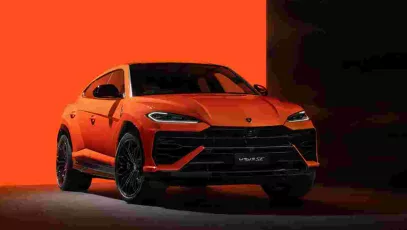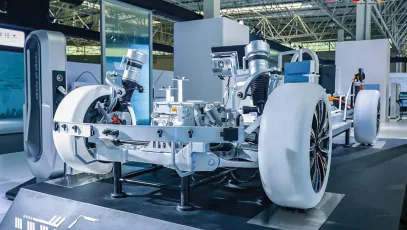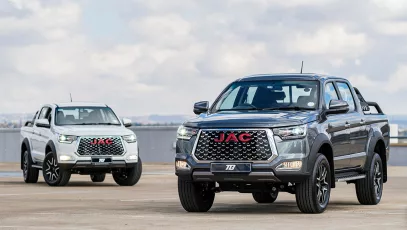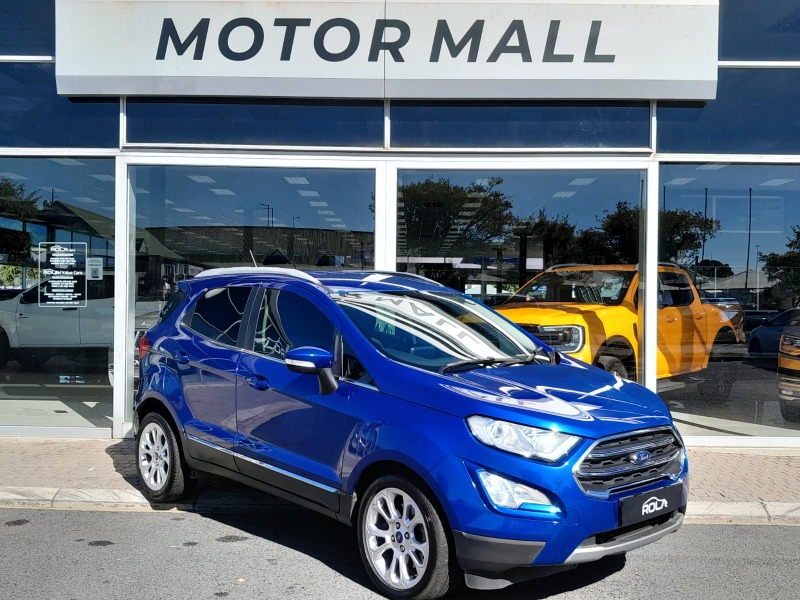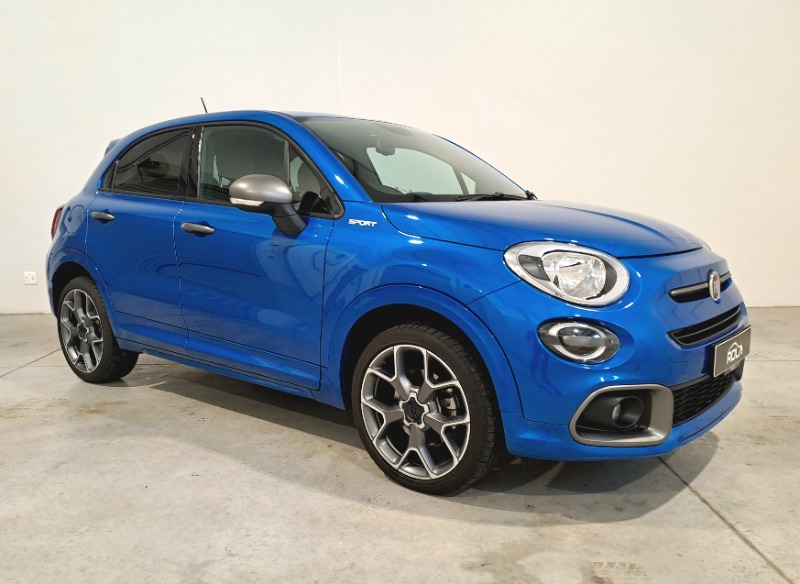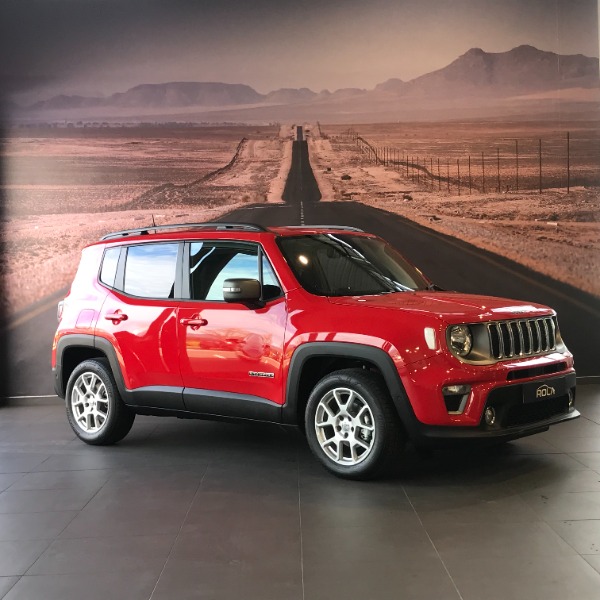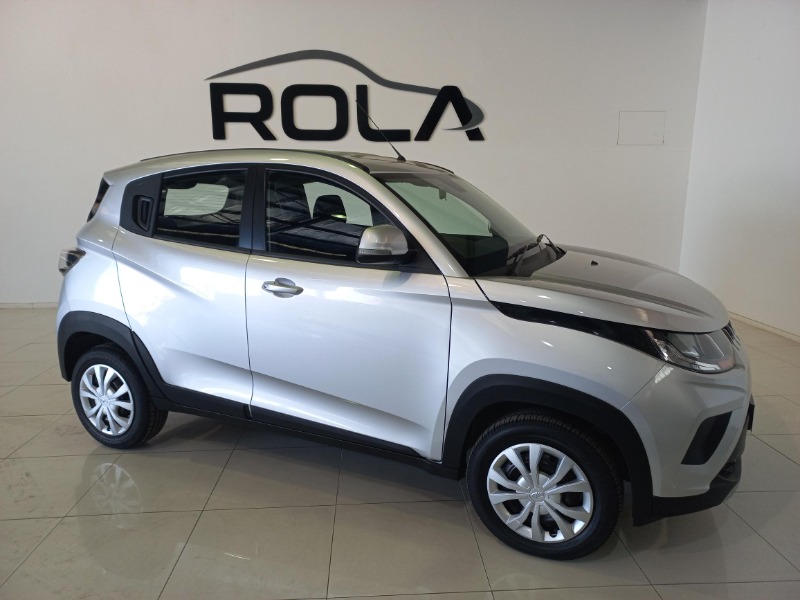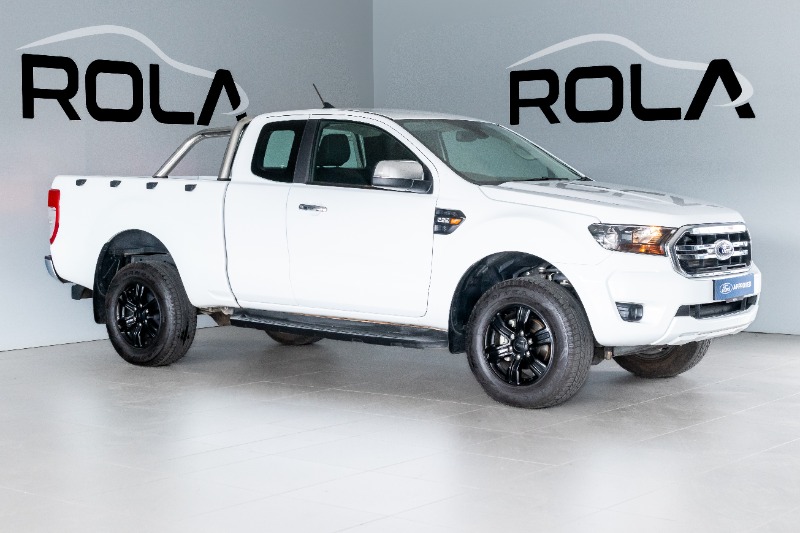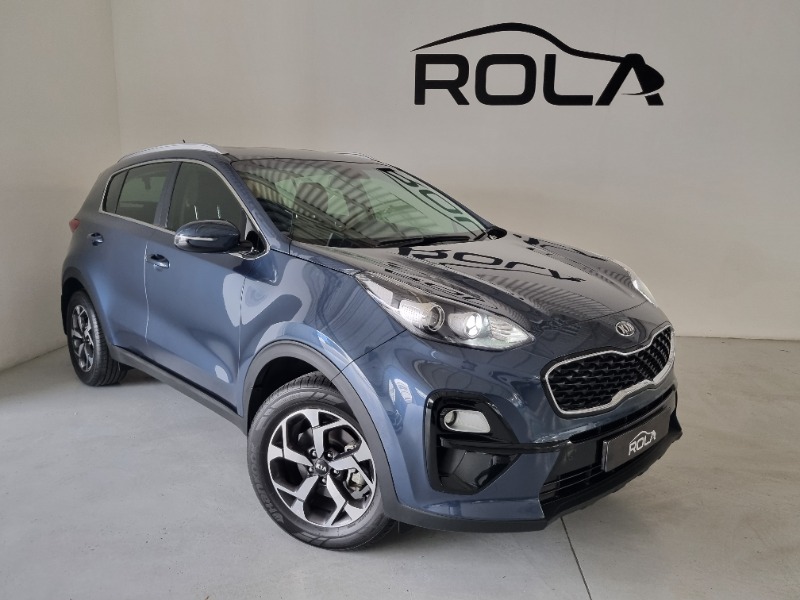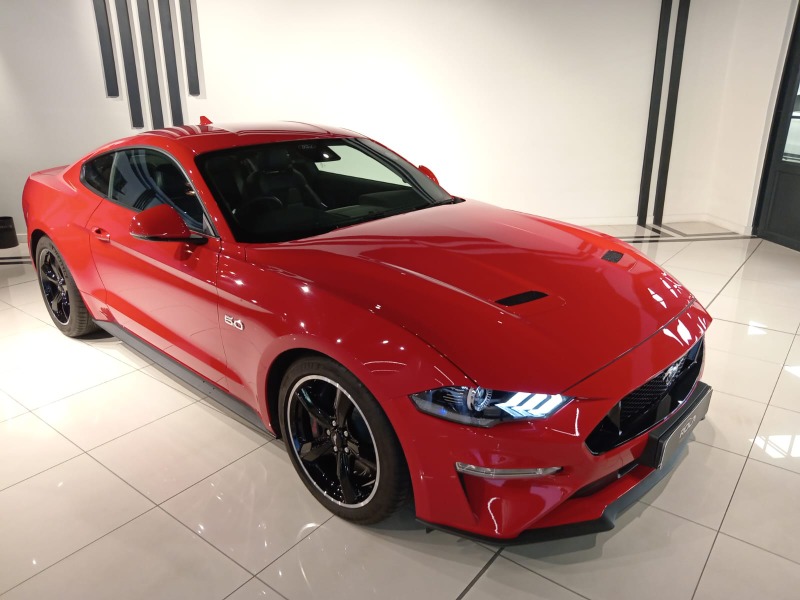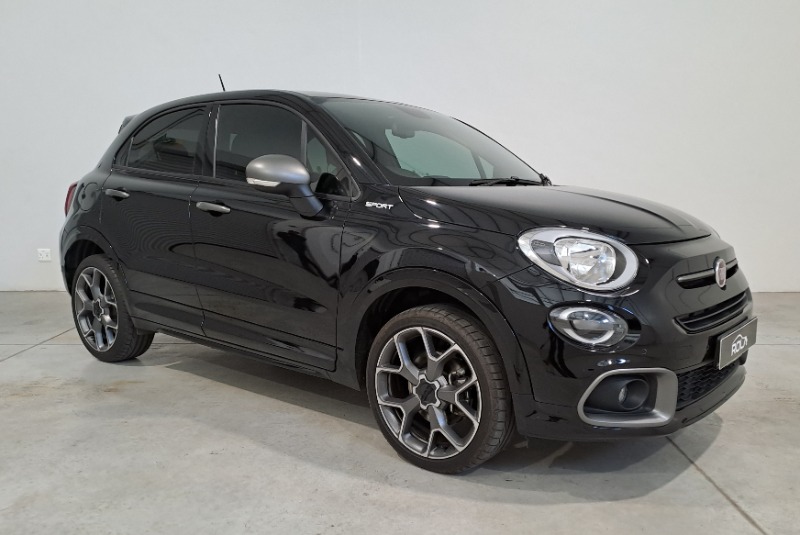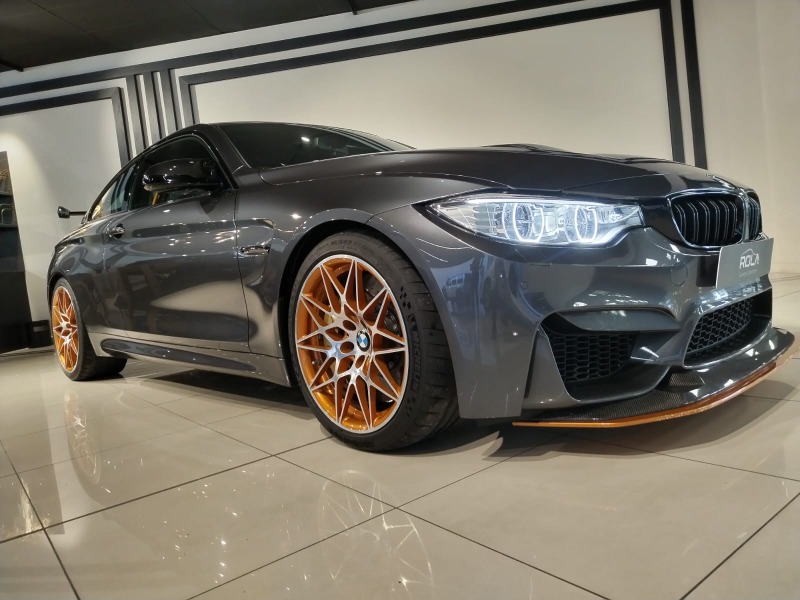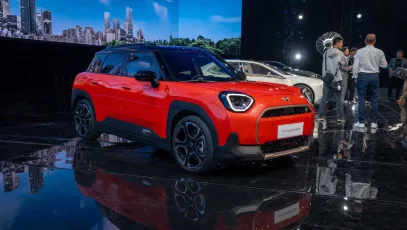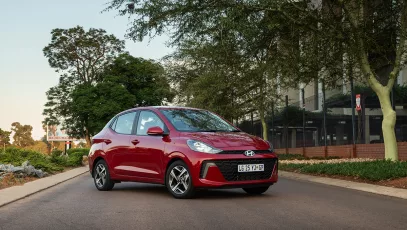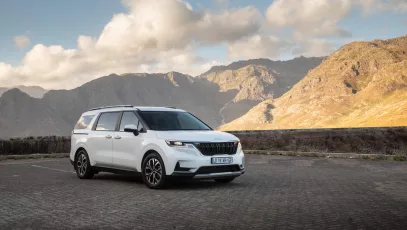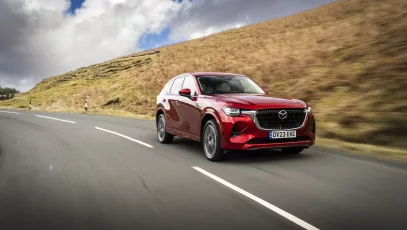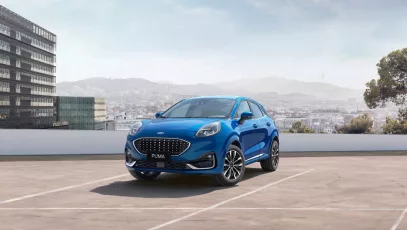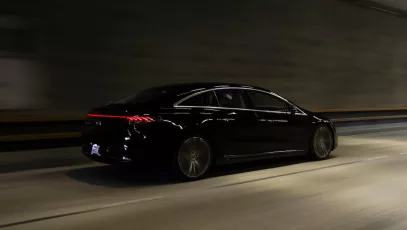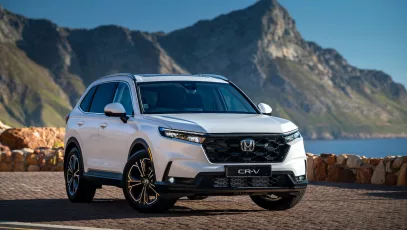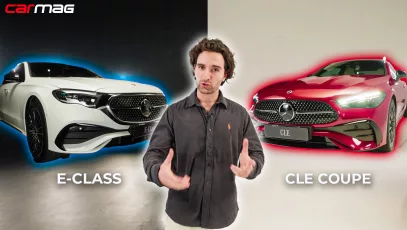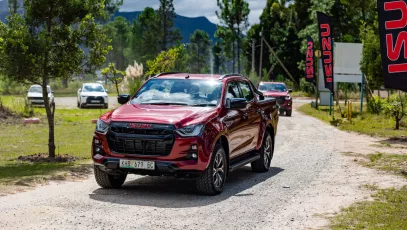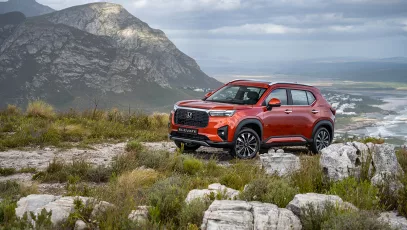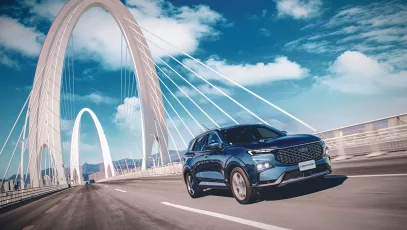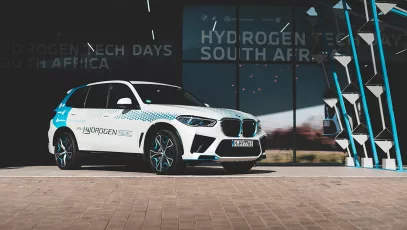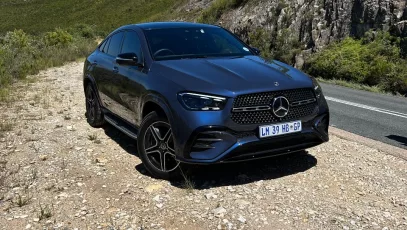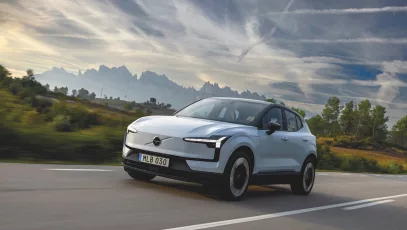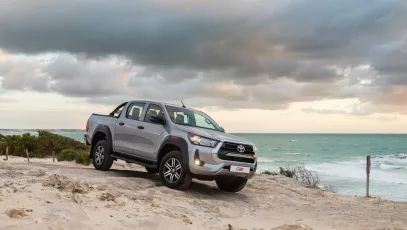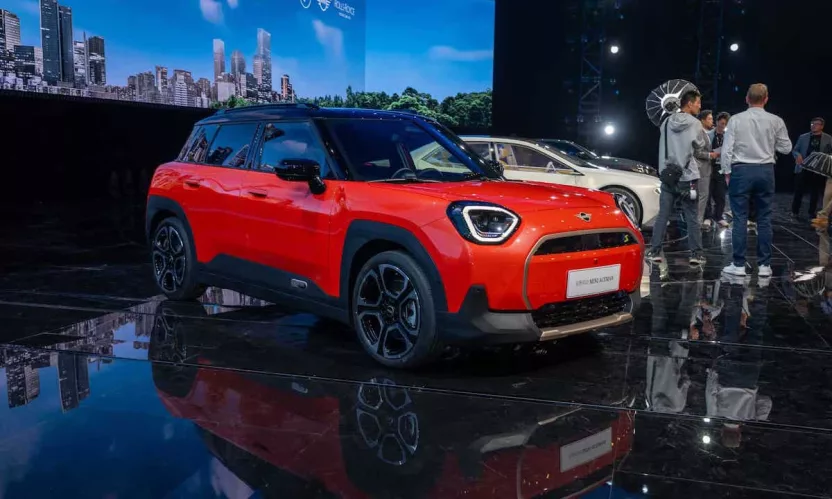
New Models
Mini’s All-Electric Aceman Debuts in China
New Models
Electrified Lamborghini Urus SE Revealed with 588 kW!
Plug-in-hybrid honours have been bestowed for the first time on a Lamborghini with the Urus SE recei...
Industry News
Chery to Present Next-Gen Tech at Auto China
With a raft of new technology in the works set to underpin models like the next-generation Tiggo lin...
New Models
JAC Motors T8 2.0L Debuts as Sub R400k Double Cab
Coming in under R400 000, JAC Motors' T8 Lux has joined the list of most affordable bakkies in South...
X
New & Used Cars For Sale
see all
R 219 900
R 4 672 p/m
2019 FORD ECOSPORT 1.0 ECOBOOST TITANIUM
USED Car # RM002|USED|30MAL64239 123 619 km • Manual
R 339 900
R 7 222 p/m
2022 FIAT 500X 1.4T SPORT DDCT
USED Car # RM008|DF|90UFA68551 12 413 km • Automatic
R 399 900
R 8 497 p/m
2023 JEEP RENEGADE 1.4 TJET LTD DDCT
DEMO Car # RM008|NEWCJD|90DCJ73259 3 000 km • Automatic
R 229 900
R 4 885 p/m
2024 MAHINDRA KUV 100 1.2TD K6+ NXT
DEMO Car # RM022|NEWMAHINDRA|60MAD85983 101 km • Manual
R 479 900
R 10 196 p/m
2023 FORD RANGER 2.2TDCi XLS A/T P/U SUP/CAB
USED Car # RM005|USED|41U0054894 20 881 km • Automatic
R 389 900
R 8 284 p/m
2021 KIA SPORTAGE 2.0 IGNITE + A/T
USED Car # RM024|USED|62UCOA7308 46 000 km • Automatic
R 869 900
R 18 483 p/m
2023 FORD MUSTANG 5.0 GT A/T
USED Car # RM028|USED|62LUX46001 6 985 km • Automatic
R 389 900
R 8 284 p/m
2022 FIAT 500X 1.4T SPORT DDCT
DEMO Car # RM008|NEWFIAT|90DFA68531 12 000 km • Automatic
R 499 900
R 10 621 p/m
2023 GWM STEED P-SERIES 2.0TD LT A/T D/C P/U
USED Car # RM024|USED|62UHA25656 14 000 km • AutomaticTop 12 Best Buys for 2024
